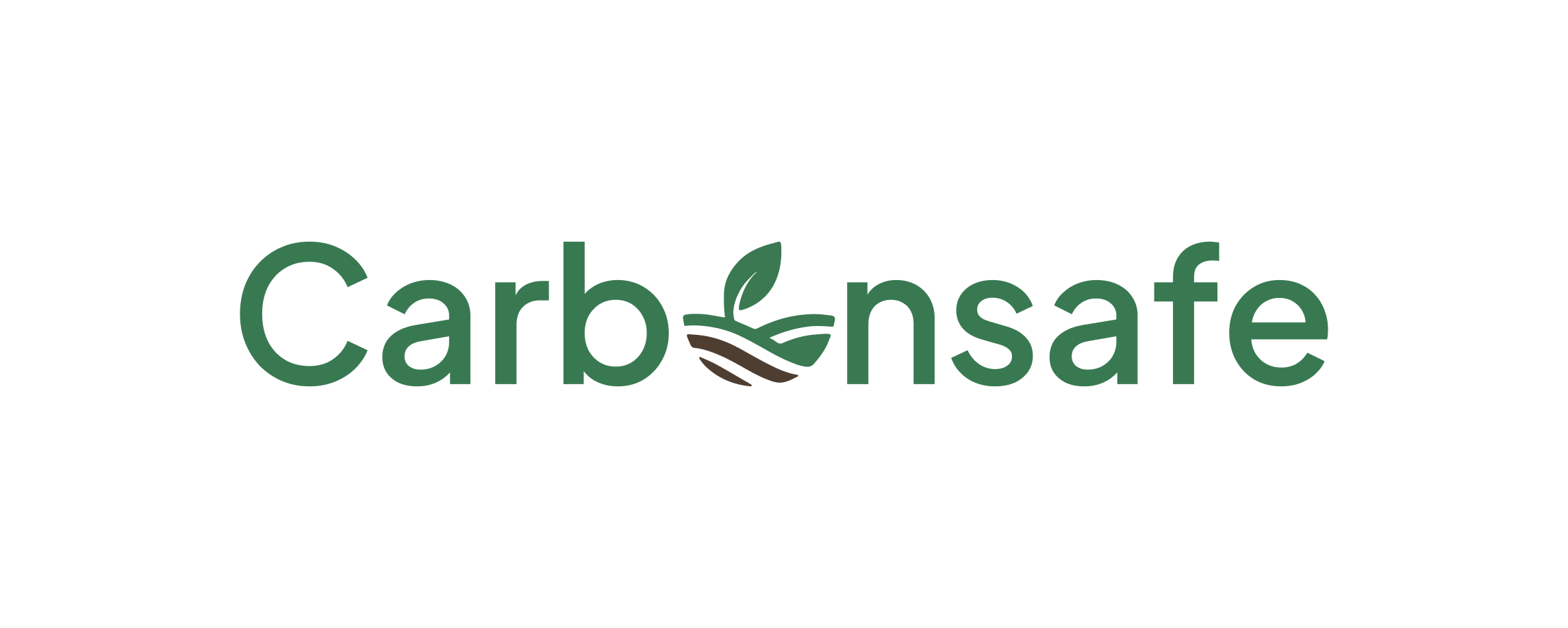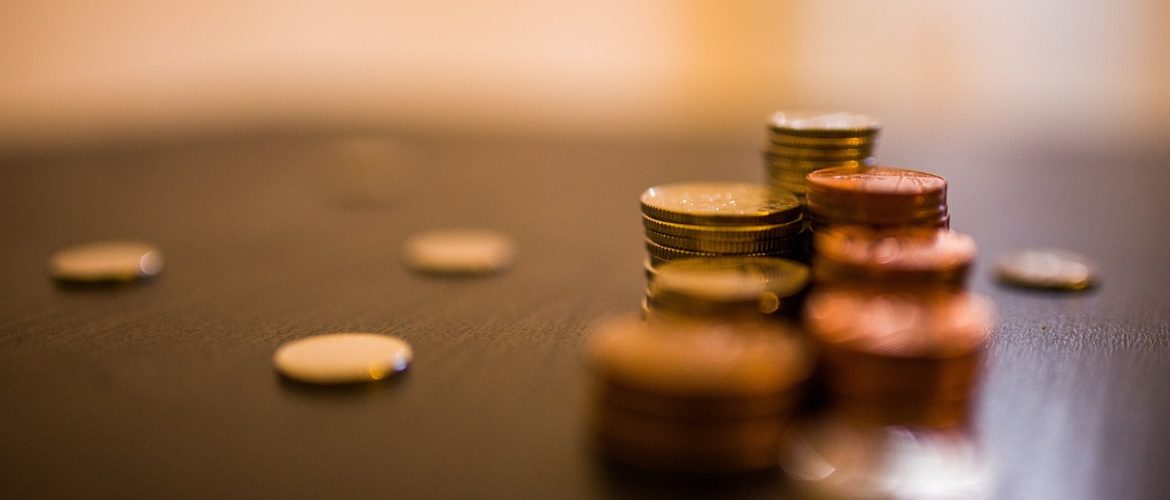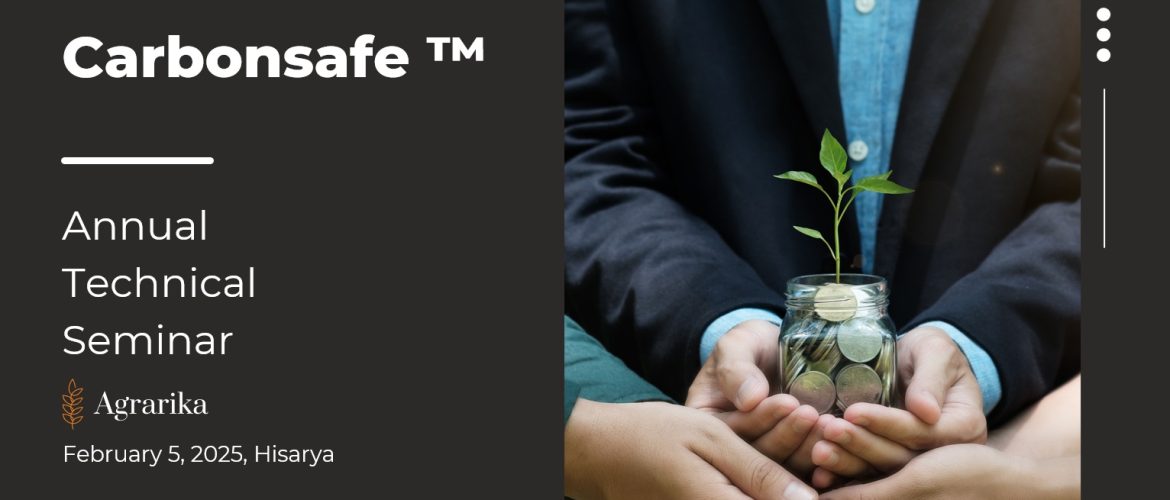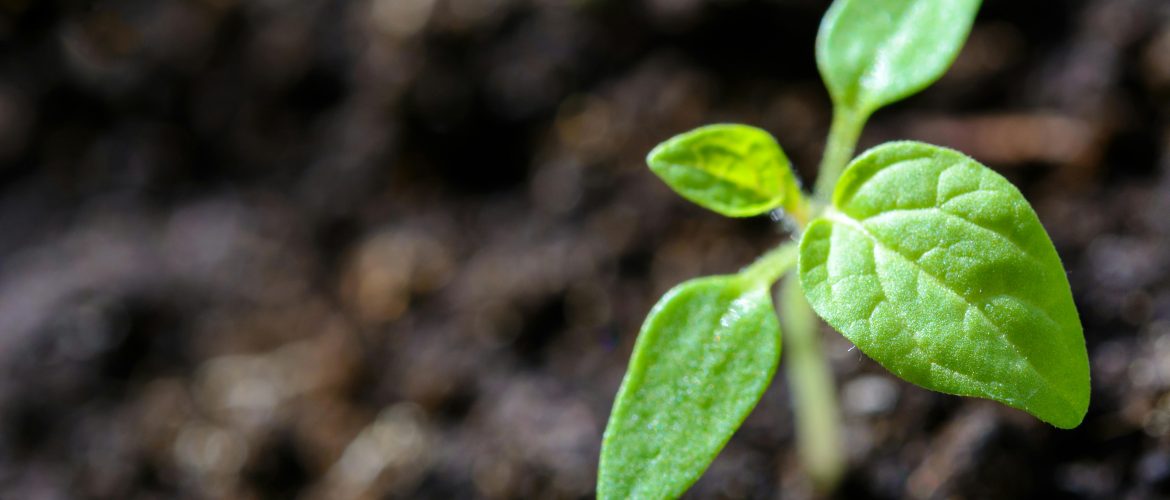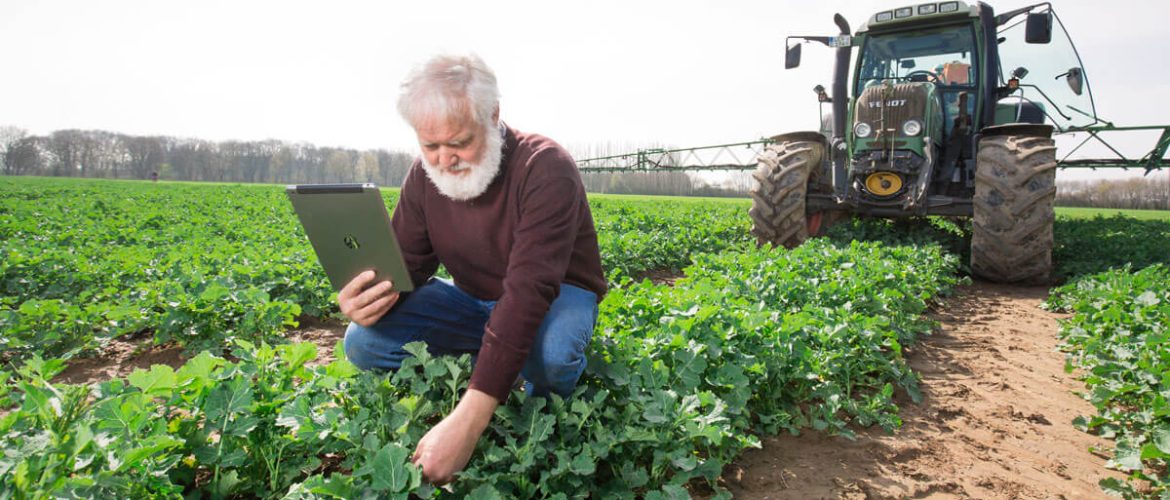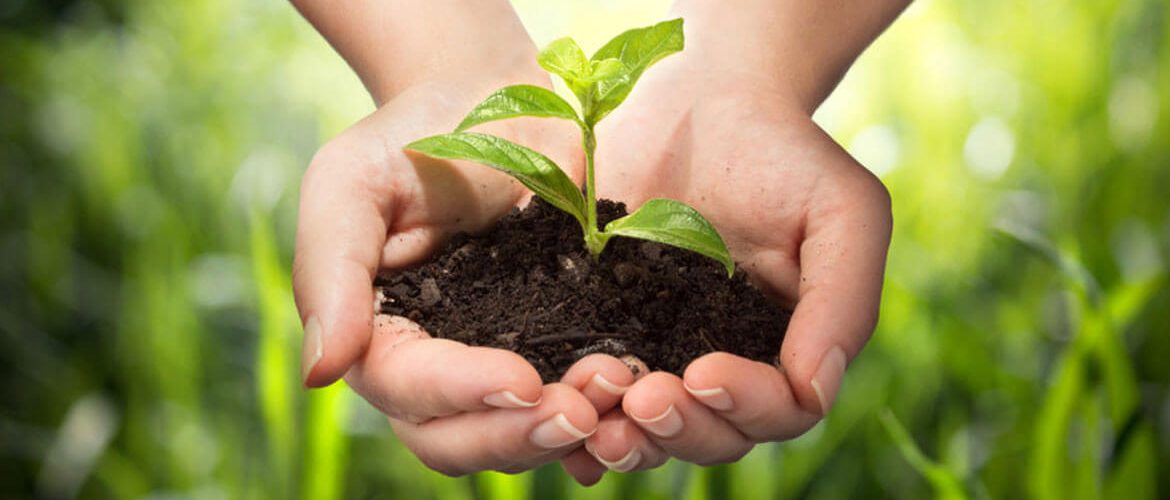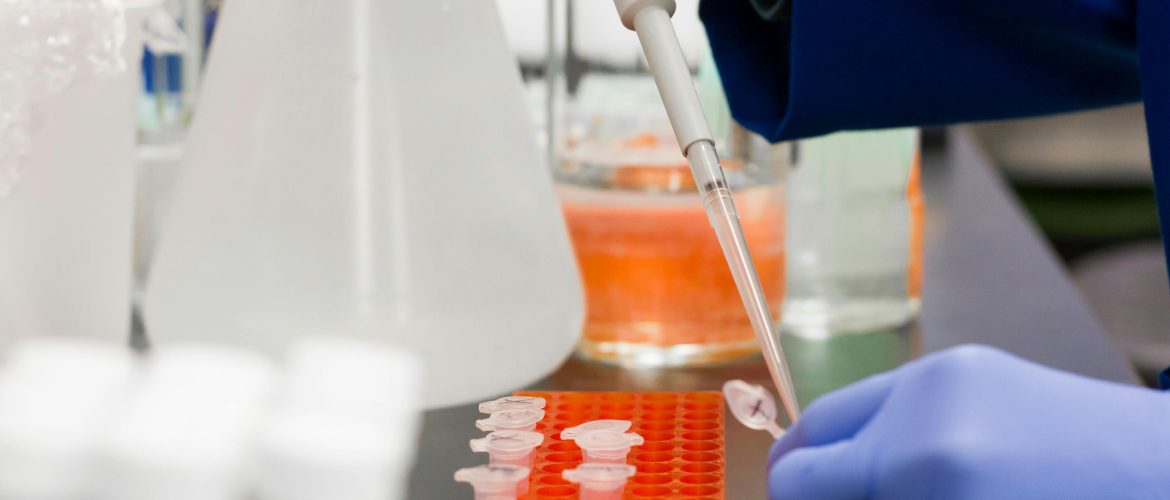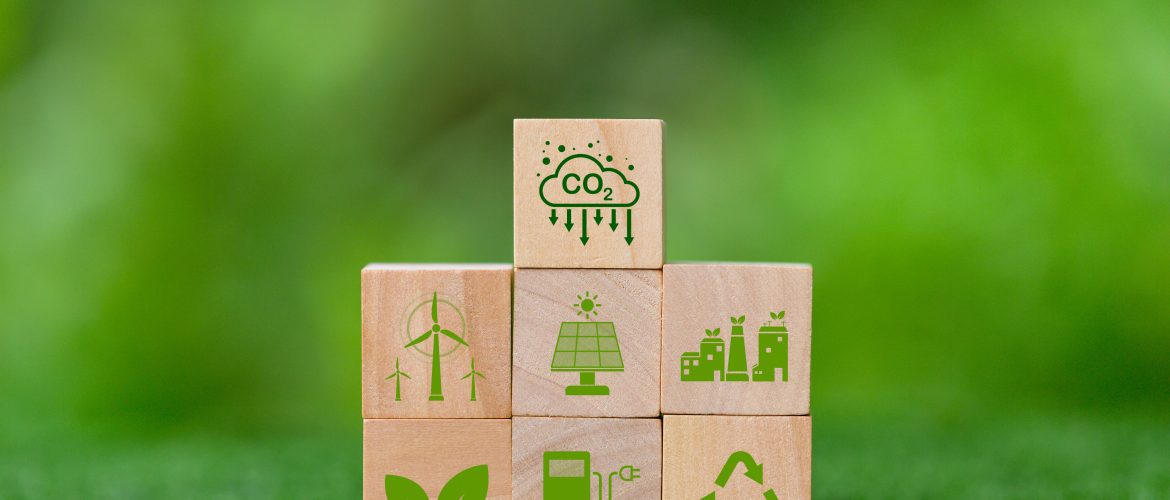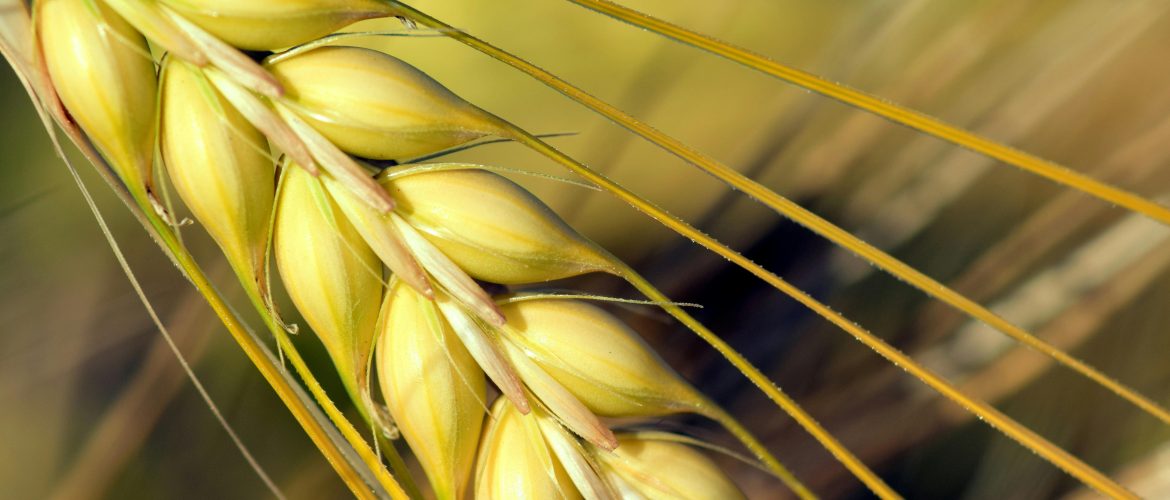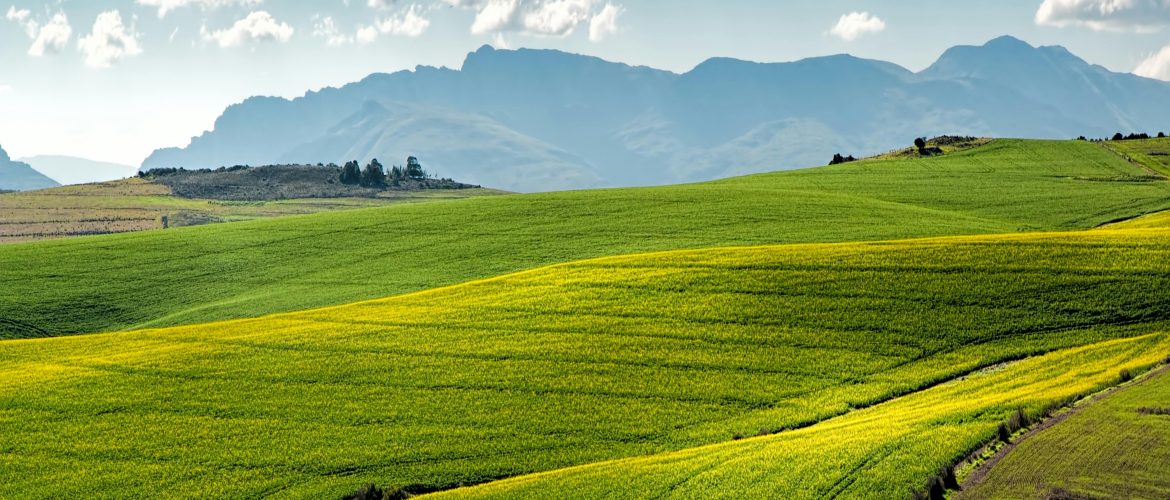Dear partners, We would like to inform you that from May 1, 2025, a new price for a sampling cell and agrochemical analysis in the Carbonsafe ™ program will come into effect. This update reflects the growing interest in the program and our desire to provide the highest quality of services related to carbon agriculture. The change will only apply to new contracts signed after May 1, 2025. All contracts concluded until April 30, 2025 will remain unchanged, and the commitments and
We are excited to share that Carbonsafe™ participated in the second European Carbon Farming Conference, held in Dublin from March 4-6, 2025. The event brought together a broad and diverse community of stakeholders – farmers, policymakers, registries, project developers, and leaders in sustainable development – all united around expanding carbon farming in Europe. Key takeaways from the conference: ✅ Growing momentum in Europe – EU countries are embracing carbon farming, with many already implementing initiatives over the past years. There is a strong
We are pleased to share that on February 5, 2025, Carbonsafe™ participated in the Annual Technical Seminar organized by Agrarika. The main theme of the event was agricultural innovation. Participants had the opportunity to explore modern technologies and sustainable practices in agriculture, presented by leading experts and companies in the sector. A key focus of the forum was carbon farming and the role of Carbonsafe™. 🌱 The company’s CEO, Chavdar Marinov, delivered a presentation on “Carbon Farming,” highlighting innovative approaches to sustainable agriculture and
When we think of climate solutions, soil might not be the first thing that comes to mind. Yet, soil organic carbon (SOC) sequestration is emerging as one of the most powerful tools in our fight against climate change. Here’s why: The Science Behind SOC Sequestration SOC sequestration occurs when plants absorb CO₂ from the atmosphere during photosynthesis, and the carbon is stored in the soil through roots, plant residues, and microorganisms. This process not only reduces atmospheric carbon but also improves soil
As of January 2025, the Carbon Removal Certification Framework (CRCF) is officially in force, marking a significant milestone in the global effort to combat climate change. This landmark initiative, spearheaded by the European Commission, establishes robust criteria for certifying carbon removal activities, including carbon farming. It sets the stage for greater transparency, accountability, and incentives for sustainable practices. This framework will have a profound impact on carbon farming and the broader agricultural sector. Here’s what you need to know about CRCF
We believe in pushing the boundaries of what’s possible in the voluntary carbon market (VCM). As pioneers in soil carbon sequestration, our approach goes beyond the ordinary, combining rigorous science, transparency, and direct farmer engagement. Here’s what makes us stand out: 🔬 100% Soil Sampling for Accuracy Our credits are backed by 100% soil sampling, ensuring the most accurate measurement of carbon sequestration. This meticulous approach means our clients can trust that every credit represents real, measurable, and scientifically verified carbon removal. 👩🌾
Soil carbon sequestration is a crucial component in the fight against climate change, yet the science behind it often remains underappreciated. At Carbonsafe, we’re committed to applying the latest advancements in soil science to maximize the impact of our carbon credits. Here’s a closer look at the science behind soil carbon sequestration and how it drives real, measurable change. 🔬 How Does Soil Carbon Sequestration Work? Soil acts as a carbon sink by capturing CO2 from
As the carbon market grows, so does the demand for high-quality carbon credits. For companies and individuals aiming for genuine impact, it’s essential to understand what sets quality credits apart. Here are some critical elements that define high-quality carbon credits and why they matter: 🌱 Transparency & Traceability High-quality carbon credits provide full transparency and are traceable from generation to retirement. Buyers can see where and how carbon reductions or removals have taken place. This visibility builds trust and credibility in the
Did you know that farmers can play a critical role in the fight against climate change while also boosting their income? By adopting sustainable agricultural practices, farmers can generate carbon credits and open new revenue streams, all while enhancing the health of their soil. At Carbonsafe, we work closely with farmers to help them transition to carbon farming, turning their land into valuable carbon sinks. But what’s in it for farmers? Let’s break it down: 💰 Additional Revenue Stream: Farmers participating in carbon credit projects can sell the credits
As the world moves towards sustainable solutions to combat climate change, carbon farming is becoming a key player in reducing greenhouse gases. But what exactly is it? Carbon farming refers to the practice of adopting sustainable agricultural techniques that capture carbon from the atmosphere and store it in the soil. By promoting natural processes, farmers can increase the amount of carbon sequestered in their land while improving soil health and productivity. At Carbonsafe, we work with farmers to implement these practices, turning their fields into effective
